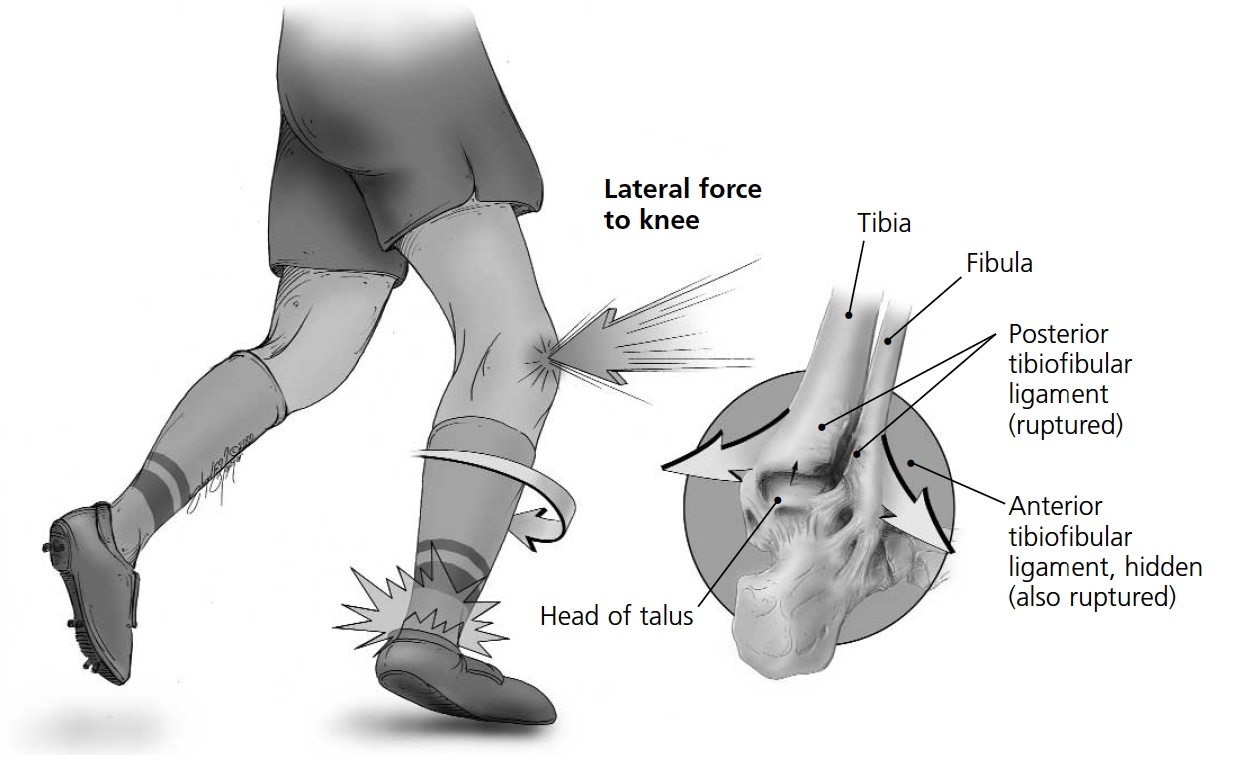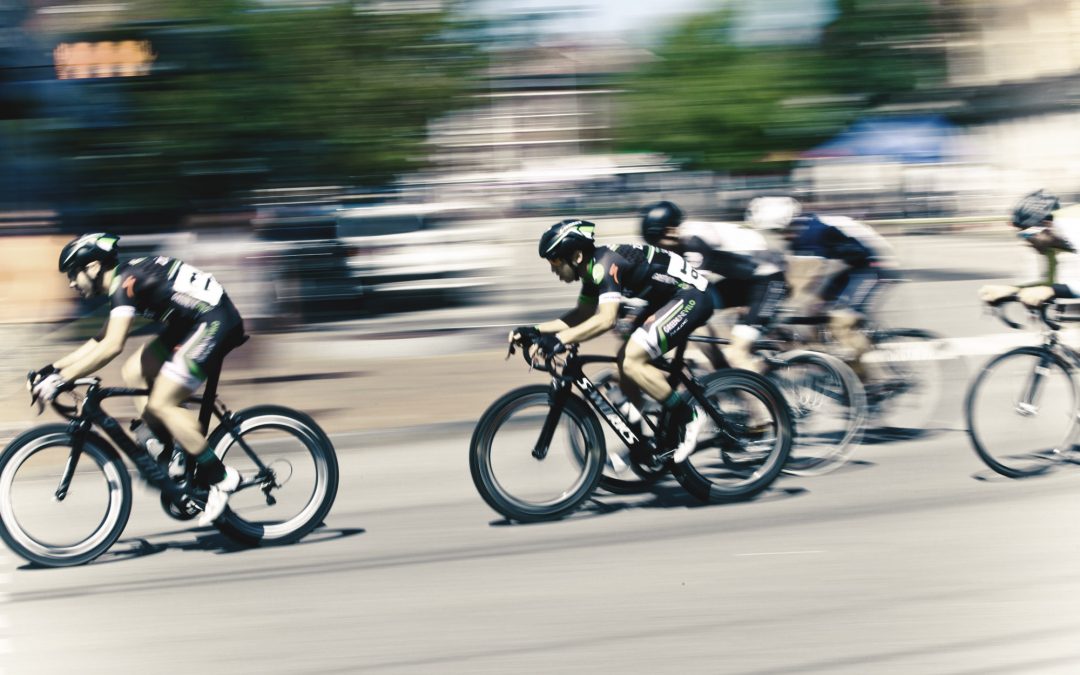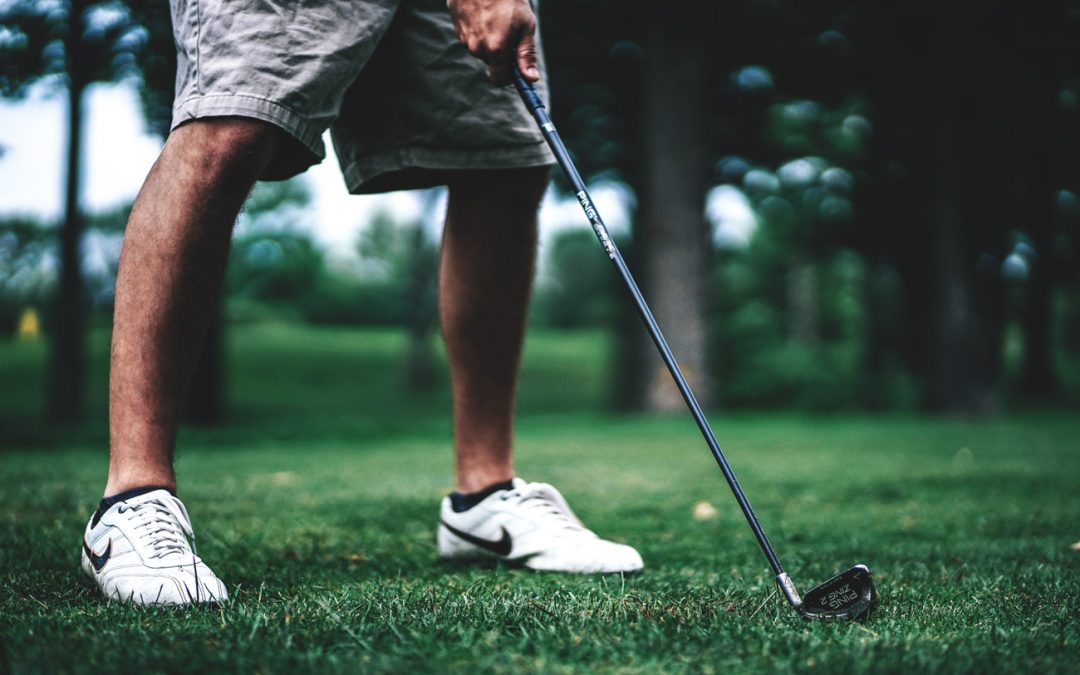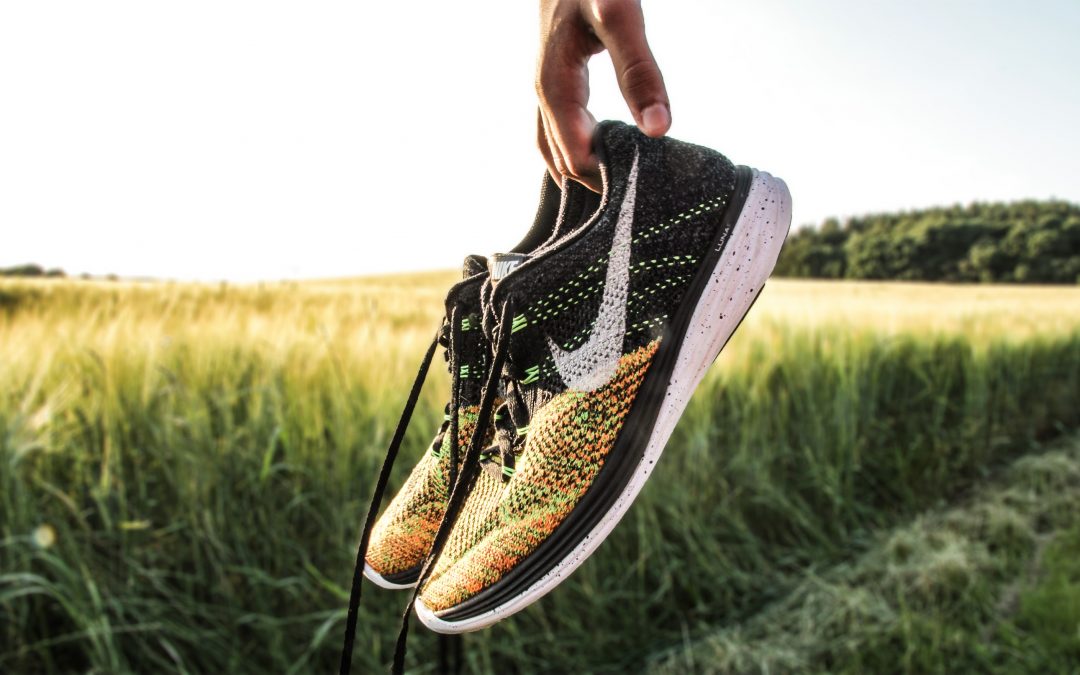Ouch! How to Treat and Prevent Ankle Sprains
”Read
When an ankle is sprained, the ligament has either been over stretched, partially torn or completely torn. Ankle sprains are classified as Grade Type I (mild), Grade Type II (medium), and Grade Type III (severe).Most ankle sprains cause injury to the ligaments on the outside of the ankle.

Physiotherapy treatment can start very early after an injury. Rehabilitation techniques will help reduce the time that your ankle is painful and ankle movement is restricted so that you can get back to work and activity more quickly. Early treatment will reduce the swelling and pain, making it easier to walk. Even one treatment and appropriate advice can make a significant difference.

The S.M.A.R.T. approach
Stretching is an important part of the healing process. It helps:
- Regain full movement;
- Increase circulation that aids the healing process;
- Maintain muscle strength; and
- Maintain soft tissue flexibility.
Stretches for the ankle concentrate primarily on the gastrocnemius and soleus muscles (calf) and the hamstrings (back of thigh), but include other muscle groups in the leg such as the quadriceps (front of thigh). Stretching should always be done in the ‘pain free range’ to get the most benefit. As you gain range, you will be able to stretch further.
The severity of the sprain will determine when you begin moving the joint. It is important to allow adequate healing time to regain the stability the ligaments provide. Avoid damaging the ankle further by doing too much too soon, whether it is exercise, standing or walking. Exercise programs for the injured ankle should progress gradually from range of motion and muscle strengthening in the pain free range to more demanding activities like exercises done while standing. The strengthening program should include exercises for the muscles that work with the damaged ligament(s) to give the joint additional support. When the sprain has healed enough to tolerate it, exercises done on a wobble board or on a mini-trampoline will help retrain balance.
When recovering from an injury, it is important to take into consideration the effect of the entire day’s activities on the injured joint. If you have been doing a lot of walking on a given day, it may be wiser to do non-weight bearing aerobic work for the leg such as swimming, pool running or stationary bike, as cardiovascular fitness is required no matter what sport caused the injury.
Plan your activities so you can build rest into your day. Make sure your rehabilitation program includes exercises that will help you regain your overall conditioning as well as those that are specific for the ankle. Remember to use RICE if you do overdo it on occasion!
Stretching is an important part of the healing process. It helps:
- Wear high-top running shoes or a brace in your running shoes. These braces protect the ankle joint by blocking ankle movement in the direction of the sprain;
- A physiotherapist can tape your ankle if this is required;
- Gradually build your level of activity and sport to regain your pre-injury level of conditioning;
- Expect some discomfort as you progress in your rehabilitation but learn to recognize your body’s limits. Your ankle should not be sore and swollen for an extended period of time after exercise;
- Avoid activities on slippery or uneven surfaces and in areas with poor lighting; and
- Always warm up before exercise and include a cool down after every session.
A physiotherapist will conduct a thorough assessment of your injured ankle and plan a rehabilitation program tailored to your level of activity that will help reduce swelling and pain, and promote healing and recovery. The program will include exercises that are important to improve the strength of the calf and ankle muscles. It may also include modalities such as ultrasound or interferential and education on how to prevent sprains in the future.
Physiotherapists are healthcare professionals who help people of all ages and lifestyles gain and maintain their desired level of active living and physical functioning. With their applied knowledge and understanding of the human body in action, physiotherapists are able to help you to increase mobility, relieve pain, build strength and improve balance and cardiovascular function. Physiotherapists not only treat injuries, they also teach you how to prevent the onset of pain or injury that can limit your activity.
Talk to a physiotherapist at Go!Physiotherapy today to find out how to regain mobility in your ankle.
filed in
Latest Articles

Sports Injuries
Whether you have a sprained ankle, torn knee ligament, groin or back injury, we will help you return to play. With specific exercise prescription, hands on therapy, and modalities (such as ultrasound, laser, muscle stimulation or biofeedback) we will guide you through the early, middle and late phases of the healing and repair process.

Tee Off With S.M.A.R.T. Tips that Prevent Golf Injuries
A game of golf is a healthy activity to help you to gain and maintain your flexibility and range of motion. It’s a physical activity that includes walking, lifting and repetitive arm motions, giving you the benefits of aerobic and strengthening exercise programs.

Sprint Your Way to Healthier Running and Fewer Running Injuries
So you’ve made the decision to start running. Congratulations! It’s a great way to improve your health and your quality of life. Like all physical activity, however, running carries the risk of injury. It’s important to know how to prevent injury and what steps to take should injuries happen.

Rock On: How to Prevent Musician Injuries
Musicians are often compared to athletes. You push your body for hours at a time to practice and perfect your skills so that you can perform better. But sometimes, your bodies become overused, and playing becomes painful.
Unlock Your Body’s Strength and Mobility Today
Book Online
Current patient? New, but know exactly what you’re looking for?
Contact Us
Never tried physiotherapy? Not sure where to start? Our friendly staff will guide you towards the best treatment for your situation.
Call: 604-568-4628
Email: go@gophysiotherapy.ca
